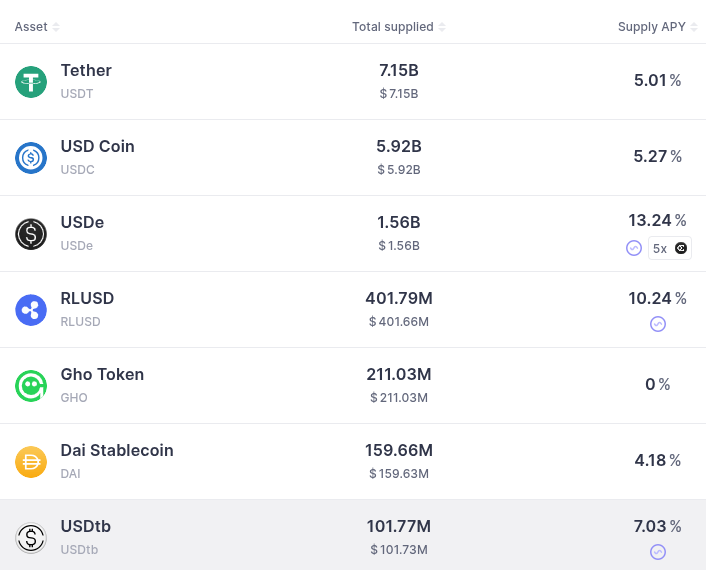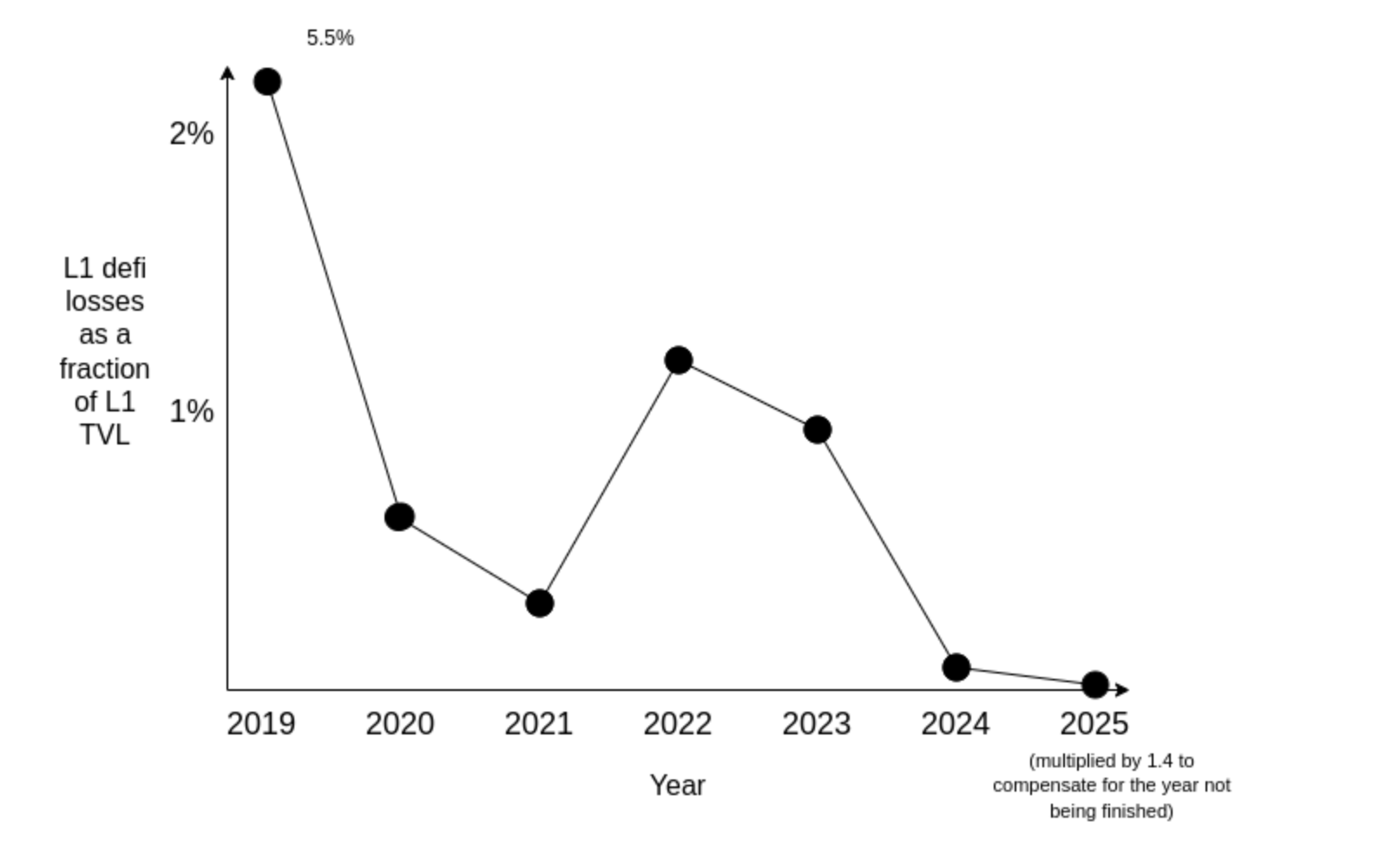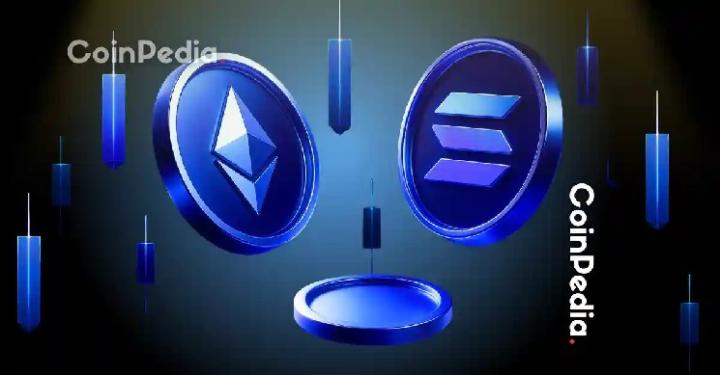For a long time, the Ethereum community has faced an important contradiction: the conflict between "those applications that can generate enough economic power to sustain the entire ecosystem, whether it is to maintain the value of ETH or support the value of individual projects" and "those applications that can satisfy the original intention of people to join Ethereum."
Historically, these two categories have been quite disconnected: the former is some combination of NFTs, memecoins, and a form of DeFi powered by temporary or recursive forces: people borrowing and lending to extract protocol incentives, or a circular argument: “ETH is valuable because people use the Ethereum chain to buy, sell, and leverage ETH.” Meanwhile, there are non-financial and semi-financial applications (e.g., Lens, Farcaster, ENS, Polymarket, Seer, privacy protocols) that are compelling but have minimal usage or user spend (or other forms of economic activity) too little to support a $500 billion ETH economy.
This disconnect has sparked much conflict within the community, with much of the momentum stemming from a theoretical hope for an application that would satisfy both conditions. In this article, I will argue that as of this year, such an application already exists on Ethereum, and it is to Ethereum what search is to Google: low-risk DeFi, which aims to democratize global access to valuable asset classes (e.g., major currencies, stocks, and bonds) for payments and savings at competitive interest rates.

Image source: Aave
The analogy between Ethereum's low-risk DeFi and Google Search is as follows. Google has made many interesting and valuable contributions to the world: the Chromium browser series, Pixel phones, AI work including the open-source Gemini model, the Go language, and so on. But in terms of revenue generation, they are not very profitable and may even be loss-making. In contrast, Google's largest sources of revenue are search and advertising. Low-risk DeFi can play a similar role for Ethereum. Other applications (including non-financial and more experimental ones) are crucial to Ethereum's role in the world and its culture, but they do not need to be considered sources of revenue.
In fact, I hope Ethereum can do better than Google. Google has often been criticized for losing its way and becoming like the antisocial, profit-maximizing corporations it sought to replace. Ethereum's decentralized philosophy is deeply rooted in its technical and social layers, and I believe low-risk DeFi use cases create a strong alignment between "doing good" and "doing well" that doesn't exist in advertising.
Why is DeFi low-risk?
What I mean by “low-risk DeFi” includes both the basic functions of payment and savings, as well as easy-to-understand tools such as synthetic assets, fully collateralized lending, and the ability to exchange these assets.
There are two reasons to focus on these apps:
These applications provide irreplaceable value to Ethereum and its users;
These applications are culturally aligned with the goals of the Ethereum community, both at the application level and in terms of the technical features of L1.
Why is DeFi valuable now?
Historically, I’ve been skeptical of DeFi because it doesn’t seem to offer much in the way of real value; instead, its main “selling point” seems to be making money trading highly speculative tokens (Ethereum’s highest single-day fee revenue ever recorded came from a poorly designed BAYC otherdeeds auction) or earning 10-30% returns through liquidity mining incentives.
One reason this has happened is regulatory hurdles. Gary Gensler and others deserve significant blame for creating a regulatory environment where the less useful your app is, the safer you are; the more transparent you are and the clearer the assurances you offer investors, the more likely you are to be deemed a “security.”
Another reason is that in the early stages, the risks (risk of protocol code vulnerabilities, oracle risks, general unknown risks) are too high, making more sustainable use cases difficult to achieve. If the risks are high, then the only applications worth adopting must be those with higher returns, which can only come from unsustainable subsidies or speculation.
But as time goes by, the security of the protocol gradually increases and the risks decrease.

Ethereum DeFi decline
DeFi continues to experience attacks and losses. However, these incidents are gradually being pushed to the margins of the ecosystem—where users are more experimental and speculative. More robust core applications are emerging, and while tail risks remain, they are also present in TradFi—and given growing global political instability, for many people around the world, these tail risks now exceed those in DeFi. In the long run, it is foreseeable that the transparency and automated execution of a mature DeFi ecosystem will make it more stable than traditional finance.
For which "Ouroboros" users does all this make sense? Essentially, individuals and businesses who want access to global markets to buy, hold, and trade mainstream assets, but lack reliable traditional financial channels to achieve these goals. Cryptocurrency doesn't offer sustainable returns, but it does have the magical power of enabling permissionless access to existing economic opportunities around the world.
Why is low-risk DeFi culturally aligned with the goals of the Ethereum community?
Low-risk DeFi has several advantages that make it an ideal choice:
- By using ETH as collateral and paying high gas fees, they contribute economically to the Ethereum ecosystem and tokens;
- Has a clear, valuable, and noble purpose: to enable people to engage in economic interaction and accumulate wealth globally and in a transparent and transparent manner without permission;
- Does not create perverse incentives for Ethereum L1 (e.g., excessive centralization in pursuit of high-frequency trading efficiencies that are more suitable for L2)
These are some very good attributes.
Returning to the Google analogy, a major flaw in its incentive alignment is that advertising revenue drives the company to collect as much data as possible from users and retain ownership of that data. This contradicts the open source and positive-sum ethos (win-win for all) that has historically motivated its more idealistic nature. For Ethereum, the cost of this misalignment is even higher, as Ethereum is a decentralized ecosystem, and therefore any activity on Ethereum cannot be the work of a few behind the scenes; it must serve as a cultural rallying point to be viable.
An income-generating project doesn't have to be the most innovative or exciting application of Ethereum, but it should at least not appear unethical or embarrassing. If the largest application in the Ethereum ecosystem were a political meme coin, you couldn't seriously claim to be interested in that ecosystem. Low-risk DeFi, designed to enable global permissionless payments and optimal savings opportunities, is a form of finance that is positively changing the world, as many people in impoverished regions around the world can attest.
What could low-risk DeFi evolve into?
Another important feature of low-risk DeFi is that it can naturally collaborate with many more interesting applications in the future, or can evolve into these applications. For example:
Once we have a mature ecosystem of financial and non-financial activities built on-chain (see Balaji’s concept of a record ledger), it will make sense to explore reputation-based, low-collateralized lending, which could become an even more powerful driver of financial inclusion. The low-risk DeFi we are building today, as well as non-financial technologies like ZK identity proofs, can help achieve this goal.
If prediction markets become more mature, we may start to see them used for hedging. If you own stocks and you believe a global event is likely to increase the stock price on average, and the prediction market for that event is liquid and efficient, then betting on that event is a reasonable statistical hedging strategy. Having prediction markets and traditional DeFi running on the same platform will make it easier to participate in such strategies.
Low-risk DeFi is often about making it easier for people to access the US dollar. But most people entering the cryptocurrency space aren't driven by the desire to drive dollar adoption. Over time, we can begin to shift the ecosystem toward other stable forms of value: baskets of currencies, "stablecoins" directly based on the consumer price index, personal tokens, and so on. The low-risk DeFi we're building today, as well as more experimental projects like Circles and various "stablecoin" projects, are all designed to make this outcome more likely.
For all of these reasons, I believe that focusing more on low-risk DeFi, compared to Google's search and advertising businesses, allows us to better sustain the ecosystem economically while maintaining cultural and values alignment. Low-risk DeFi is already supporting the Ethereum economy and synergizing with the many more experimental applications people are building on Ethereum, a project we are all proud of.







